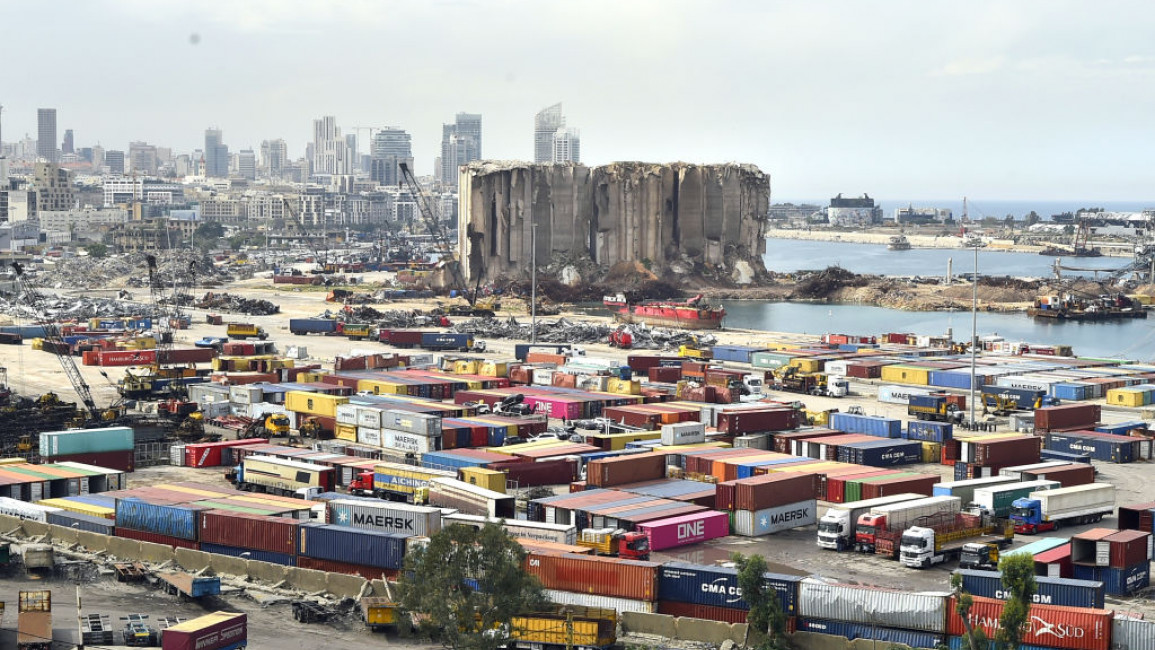Ancient glass vessels shattered by Beirut blast to be restored at British Museum
Eight ancient glass vessels that were badly damaged in the Beirut port explosion of 2020 are to be sent to London and restored by the British Museum, with the support of The European Fine Art Foundation (TEFAF).
The glass vessels were on display at the American University of Beirut’s (AUB) museum when the shockwave from the explosion hit.
Of the 74 Roman, Byzantine, and Islamic period glass vessels that were on display, only 15 were judged to be salvageable, and of those, eight were deemed to be safe to travel to London, where they can be restored.
“The glass vessels have survived several disasters and conflicts over the last 2,000 years, only to be shattered by the port explosion in 2020,”said Jamie Fraser, the British Museum’s curator for the Ancient Levant and Anatolia, in a statement to TEFAF.
“Their restoration reflects the resilience of the staff at the Archaeological Museum, and the importance that Lebanon places on its rich cultural heritage,” he added.
AUB’s campus and museum were badly affected, despite being located 3.2 kilometres from the site of the deadly 4 August explosion, which wrought destruction across the city.
Many of the artefacts at the museum were damaged beyond repair, but workers at the facility undertook the painstaking job of collecting and categorising every shard of ancient glass, and separating it from the glass of the shattered windows and display cases.
From the shards of ancient glass, the team at the university began to identify fragments for each vessels and identify which could be sent to London for restoration. The task of repairing the damage will be monumental for the team in London.
“Glass is a very difficult material to reconstruct, not least because the sherds flex and ‘spring’ out of shape and have to be drawn back under tension to restore the original shape,” said Sandra Smith, head of Collection Care at the British Museum, in a statement.
The eight vessels being sent to London are thought to be highly significant in the history of glassblowing traditions in 1st century BCE Lebanon.
The British Museum said that six of eight vessels were made using an early glass-blowing technique and technology that “show experimentation in function and form”.
The other two vessels are thought to have been imported from ancient Syria or Egypt.
After restoration, the vessels will be part of a temporary display at the British Museum in London, and then returned to Beirut.



